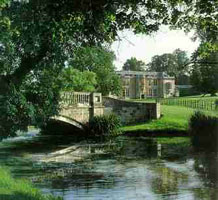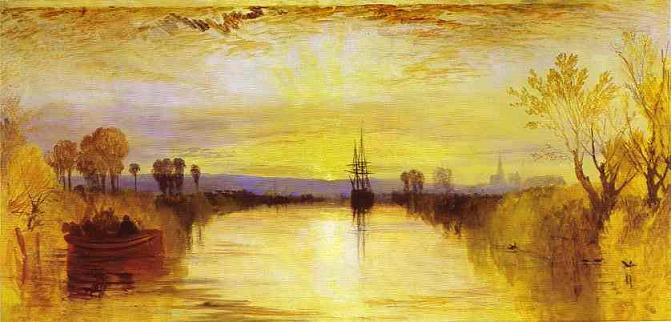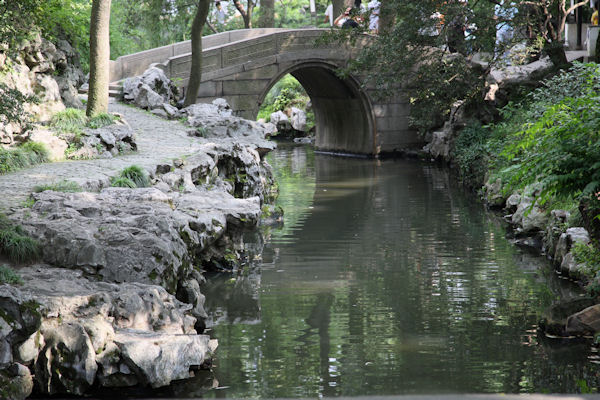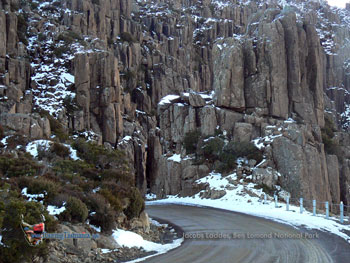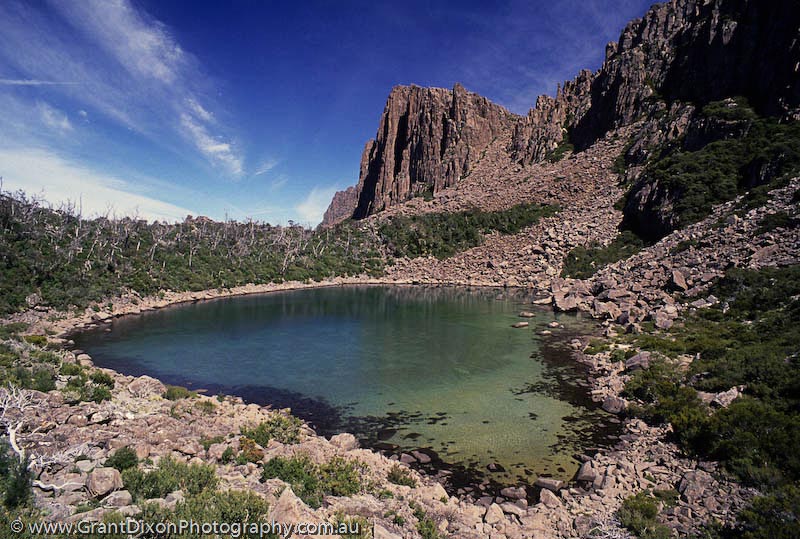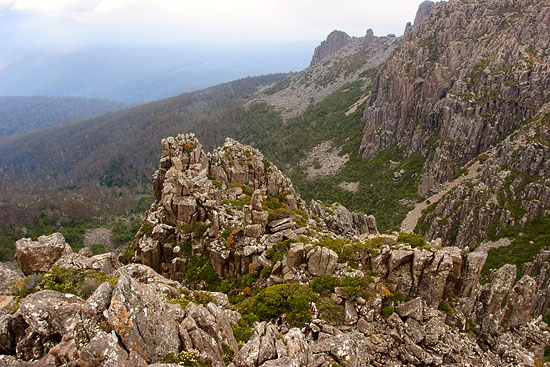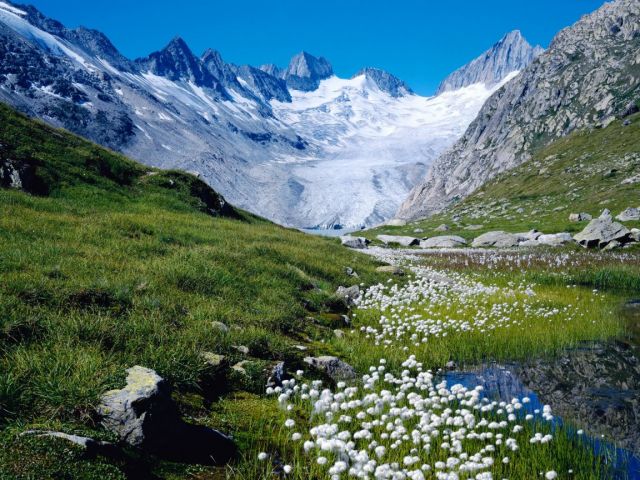Twelve Apostles, Australia.
Photo was taken at sunset. Basically limestone figures that stick out above the water, caused gradually by years of erosion of the cliffs.
"contains a wide range of remnant coastal vegetation types
including important coastal heathlands, shrubby sand dunes, clifftop
grasslands and shrublands, open forests, woodlands and swamps.
Combined, these environments support a remarkable diversity of
plants..Important plant
species include the Swamp Greenhood, Clover Glycine, Square
Raspwort, Lime Fern and Metallic Sun-orchid."
- http://www.igougo.com/review-r1164441-12_Apostles.html
Ben Lomond, Australia.
Photo was taken at dawn on a mountain. Landscape consists of boulders, vertical columns and cliffs. (also a ski resort)
"Ben Lomond National Park protects a representative cross-section of Tasmania's north-east alpine plant communities.
Although much of the plateau is stony with areas of low and often
stunted forms of vegetation, the remainder of the mountain contains a
wide variety of habitats ranging from alpine moorland to dense forest"
- http://www.parks.tas.gov.au/index.aspx?base=4563
Switzerland.
Unsure of its exact location, appears rocky and mountainous with (possibly) mountain glaciers. Grass and white flowers are visible.
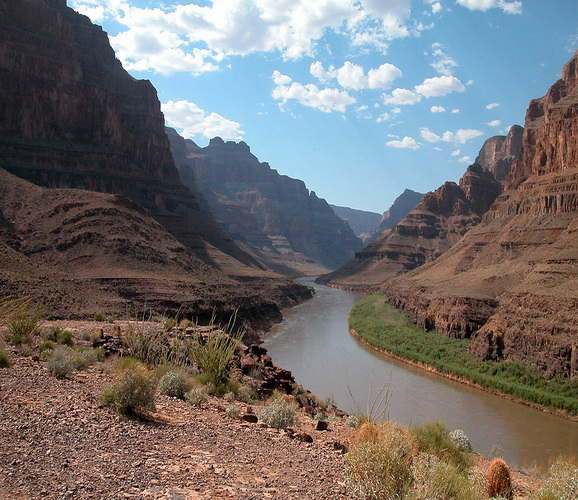
Grand Canyon, Armerica.
Located in Arizona, one of the most known gorges in the world.
Grand Canyon is celebrated for its plunging depths; temple-like buttes;
and vast, multihued, labyrinthine topography. Scenic wonders within park
boundaries include high plateaus, plains, deserts, forests, cinder
cones, lava flows, streams, waterfalls, and one of America’s great
whitewater rivers.
- http://whc.unesco.org/en/list/75

Yosemite Valley, America.
Glacial valley located in California. Granite summits, forests of pine.
References:
http://www.chockstonephotos.com/Australian-Print.asp?ID=375&C=Twelve-Apostles-Sunset-Great-Ocean-Road-Victoria-Australia
http://www.visitvictoria.com/Regions/Great-Ocean-Road/Activities-and-attractions/Nature-and-wildlife/Beaches-and-coastlines/12-Apostles.aspx
http://www.chockstonephotos.com/Australian-Print.asp?ID=9&C=Ben-Lomond-Dawn-Tasmania-Australia
http://www.bestourism.com/img/items/big/1148/Switzerland_Beautiful-landscape_4216.jpg
www.dirjournal.com/info/wp-content/uploads/2009/01/grand_canyon_2.jpg
http://www.dirjournal.com/info/wp-content/uploads/2009/02/yosemite_valley.jpg
http://en.wikipedia.org/wiki/Yosemite_Valley
Reference image: Yosemite Valley (California)
Letter/Number: M0


